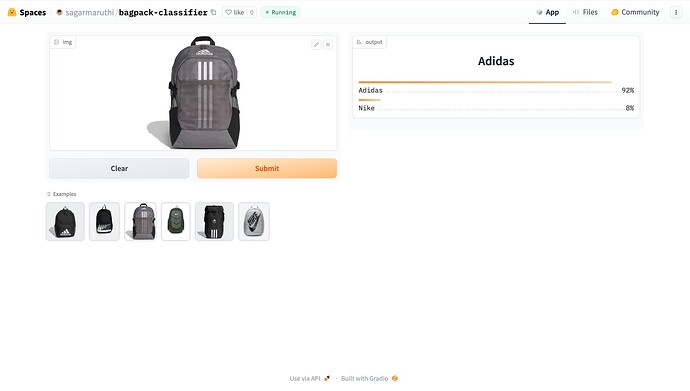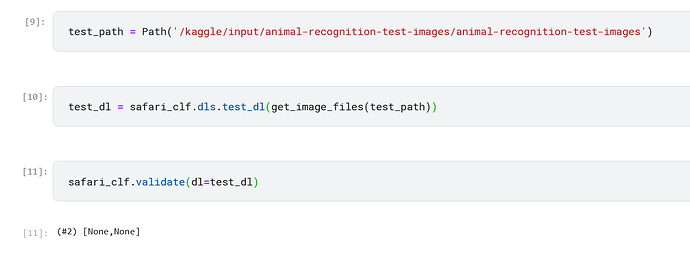Hi,
I am encountering a bug in lesson 2 on my local machine where running ImageClassifierCleaner() and trying to generate widget fail due to RGBA as JPEG error in ipywidgets v8. I also tried downgrading ipywidgets to v7.7.1, but I am getting error "Failed to load model class ‘VBoxModel’ from module ‘@jupyter-widgets/controls’. I also tried ipywidgets v7.0.0, and the error that I got was “failed to load widget”.
I am really confused on what to do with this class. Different version give different errors on my local machine. On another note, the class works in Colab, so I believe the code in lesson 2 should be correct.
I also tried to match the package version in local and colab are the same, but local still doesnt work:
ipywidget 7.7.1
python3 3.10.6
fastbook 0.0.29
fastai 2.7.12
Local maching is running Ubuntu 22.04 with an RTX 3060 with driver 535.54.03 with CUDA 12.2. Pytorch version is 2.0.1+cu117. Jupyter Notebook is running version 7.0.0


